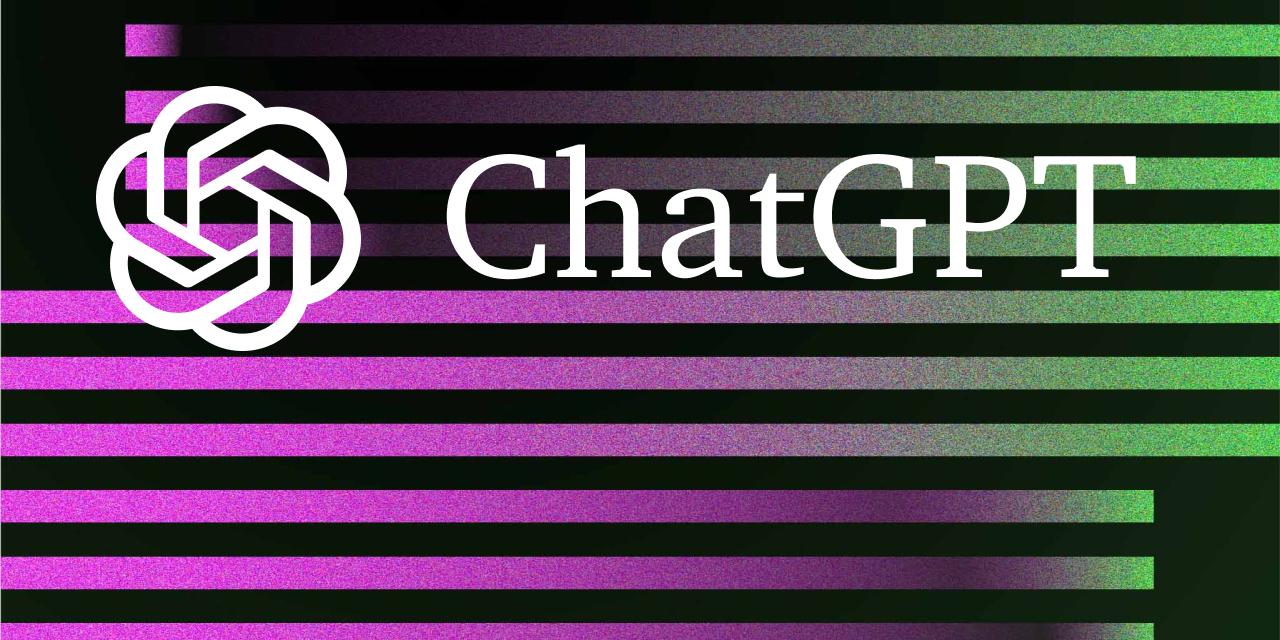How Should ChatGPT Be Used in Education? Will Plagiarism Increase?
How Should ChatGPT Be Used in Education? Will Plagiarism Increase?

A chatbot released by the technology company OpenAI has become one of the most debated topics in recent times. This robot, powered by artificial intelligence technology, can translate, generate stories, solve mathematical equations, and even identify errors in written code and correct them. Some students have already started using this advanced chatbot to complete their assignments. So, can ChatGPT really be used as a helpful tool in education?
Different opinions prevail on this matter. While some educators agree that ChatGPT technology is one of the greatest achievements produced by human hands in recent years, others see it as a looming threat to the education system. Currently, students can easily access this technology, the full extent of which is not yet known. Despite being relatively new to the market, ChatGPT is already making its way into academic work.
Antony Aumann, a philosophy professor at Northern Michigan University in the United States, is one of the individuals who has had firsthand experience with artificial intelligence technology. Aumann discovered that one of his students had completed an assignment flawlessly, unlike anything he had seen before. After investigating, he eventually got the student to confess that they had used ChatGPT. So, how can ChatGPT be utilized in education? Let's delve into the details.
Understanding ChatGPT
First and foremost, ChatGPT is a chatbot. This robot can provide quick and detailed responses to users and is, in fact, a language model developed by OpenAI. The model is built on a technology called "Generative Pretrained Transformer" (GPT), which uses artificial intelligence technology to generate meaningful texts.
So, how does the model work? The robot first examines all the texts written on a specific topic in its database based on the user's instructions. After learning, it uses this knowledge to generate new texts. The application, which also has a Turkish language option, can be used in various chatbot applications created by humans or for question-answer processes. Although OpenAI's ChatGPT is still in its infancy, its potential uses include:
- Generating questions and answering them
- Creating texts of various types, including academic and literary
- Identifying keywords within a text
- Summarizing text
- Translation
- Solving mathematical problems
- Debugging
- Providing recommendations on any subject
- Writing code and improving existing code
Potential Negative Effects of ChatGPT
Since our topic is ChatGPT in education, it is worth evaluating the negative aspects of this new model in the context of the education sector. ChatGPT is currently a model in development, so it is still too early to make definitive judgments about the overall picture. It is a fact that many of the features we currently consider negative about the model will be improved in the future. Taking all this into account, here are the negative aspects of using ChatGPT in education for the time being:
- Statistical-based computer programs always have the potential to make mistakes. This applies to the ChatGPT language model as well because it is based on statistical data.
- The model may sometimes provide incorrect suggestions on a topic you know nothing about. It may even support these incorrect suggestions with faulty data.
- Currently, Google provides much more reliable results by presenting multiple results for comparison. Therefore, at this stage, this new chatbot can be used not as a replacement for Google but in conjunction with it.
- The model's publicly available version covers data up until 2021. Therefore, it cannot provide support for developments that have occurred after 2021.
- Suppose you have a project assignment you have been working on. The system can assist you in improving your project. However, if you want to create a new project from scratch, OpenAI ChatGPT does not yet have the necessary skills.
- In the current education system, students are admitted to education, teaching is conducted, and questions are asked to students to determine whether they understand the material. In the new language model, students can find the answers to questions themselves. This could be perceived as a threat to the existing education system.
The Artificial Intelligence Revolution in Education
From self-driving cars that can park themselves to robots capable of performing surgeries as successfully as a surgeon, artificial intelligence has permeated every aspect of our lives. We can now witness some of the most evident examples of this in the field of education. Traditional practices are gradually making way for different methodologies in education with the use of ChatGPT. Not too long ago, distance education was mainly applicable to computer-related courses, but today, almost all subjects can be followed remotely online. So, let's take a closer look at this transformation in the education sector.
Administrative Tasks
Artificial intelligence applications greatly simplify the work of administrators and teachers in the education sector. Teachers, whose sole job is not just to attend classes, also have essential tasks such as conducting exams, grading, and answering students' questions. A teacher using ChatGPT can evaluate hundreds of exam papers simultaneously or create questions. Consequently, educators can allocate much more time to students' academic and personal issues.
Smart Content
Artificial intelligence, or Artificial Intelligence (AI), systems also support educators in producing intelligent content, a task we frequently encounter today. Using AI technologies, digital smart content can be created based on traditional curricula for a specific subject. It is a fact that today's students, instead of carrying heavy textbooks, are more inclined to embrace much more efficient and economical digital books in every aspect (4).
Digital Lessons
With AI models, not only digital textbooks but also personalized digital lessons can be created for student populations. These lessons can provide a better understanding of the material by visualizing the information through web-based simulations.
Personalized Learning with Artificial Intelligence
In reality, every student can be successful. To bring out their success, an educational program tailored to individuals' talents and interests is necessary. Using ChatGPT in education, it can be easily determined what a student has learned and to what extent. Thus, a personalized study program can be developed using different methods.
Curricula prepared using traditional education techniques generally cater to about 80% of students. However, AI applications can increase this percentage to 100% by suggesting programs tailored to each student's interests and abilities.
Access to Knowledge 24/7
The use of ChatGPT in education allows students to operate independently of time. The chatbot is accessible 24/7, at any hour of the day. This can offer a significant advantage to students. Consequently, students can adjust their study schedule to the most productive hours of the day, unlike the traditional education system.
Attendance in Classes
One of the biggest problems with traditional education systems is low attendance rates in classes. Due to education programs that do not meet their needs and expectations, students' attendance rates can remain low. Personalized education programs prepared with artificial intelligence make students feel special, which can increase class attendance.
Will ChatGPT Increase Plagiarism Rates in Education?
While many experts predict that OpenAI's ChatGPT robot will revolutionize many fields, including education, it is a fact that the model will bring along a series of problems, especially in terms of plagiarism. Indeed, ChatGPT can be a highly attractive option for those contemplating plagiarism. According to Hick, who teaches philosophy at Furman University in the United States, educators need to be vigilant against plagiarism attempts made using artificial intelligence.
Plagiarism in education is not a new concept. There have been many plagiarism attempts in academic life before, and they continue to occur. Therefore, a significant increase in plagiarism rates is not expected. On the other hand, it is clear and evident that students who intend to commit plagiarism will turn to ChatGPT and similar applications in the new era.
Efforts have already begun worldwide to counteract plagiarism attempts using AI technologies. For example:
Public schools in New York City, Los Angeles, and Baltimore have banned the use of AI applications.
Australia's top eight universities have decided to prioritize traditional pen-and-paper exams and have approved changes in the evaluation methods for exams.
Jenna Lyle, spokesperson for the New York Department of Education, emphasized that such practices undermine the critical thinking and problem-solving skills necessary for academic success.
Although restrictions are being implemented to prevent plagiarism, it is not difficult to anticipate that students may find ways to circumvent these restrictions. Therefore, finding ways to adapt artificial intelligence robots to the education system appears to be a smarter approach at this point. The positive and negative effects of this newly introduced technology on education are likely to continue to be researched and debated for a considerable time.




